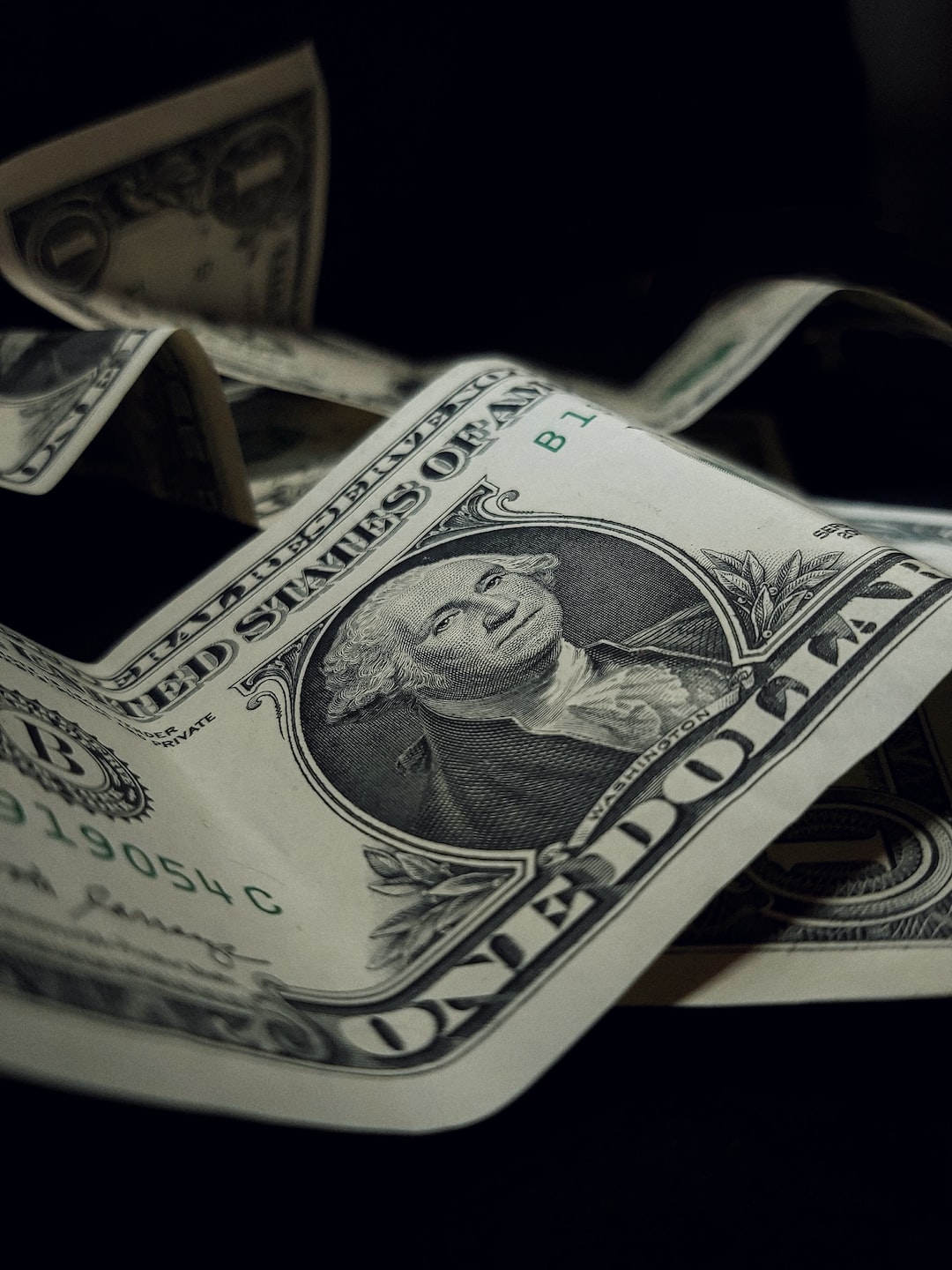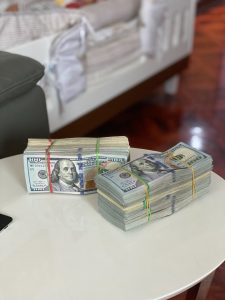Forex, or foreign exchange, markets are decentralized financial markets where currencies are traded. These markets operate 24 hours a day, five days a week, allowing participants to buy and sell currencies at any time. Forex markets are the largest financial markets in the world, with an average daily trading volume of over $5 trillion.
Forex markets are different from other financial markets, such as the stock market, in that they are not centralized. Instead, they are a network of banks, brokers, and other financial institutions that trade currencies. These participants are connected through electronic trading platforms, allowing them to buy and sell currencies in real-time.
The main participants in the forex market are banks, hedge funds, corporations, and individual traders. Banks are the largest participants, accounting for over 50% of the daily trading volume. They trade currencies on behalf of their clients, as well as for their own accounts. Hedge funds and corporations also trade currencies to hedge their exposure to foreign exchange risk.
Individual traders, also known as retail traders, are a growing segment of the forex market. They trade currencies for speculative purposes, hoping to profit from fluctuations in exchange rates. Retail traders can access the forex market through online brokers, who offer trading platforms and access to the interbank market.
Forex markets are characterized by high liquidity, meaning that there is always a buyer and seller for any currency pair. This allows participants to enter and exit trades quickly and at a low cost. Forex markets are also highly volatile, with exchange rates changing rapidly in response to economic and political events.
The most traded currency pairs in the forex market are the US dollar and the euro, followed by the Japanese yen, British pound, and Swiss franc. These currencies are known as the major currencies, and they account for over 80% of the daily trading volume. Other currencies, such as the Australian dollar, Canadian dollar, and New Zealand dollar, are known as commodity currencies, as their exchange rates are closely tied to commodity prices.
Forex trading involves buying one currency and selling another currency at the same time. This is known as a currency pair. For example, if a trader buys the EUR/USD currency pair, they are buying euros and selling US dollars. The exchange rate between the two currencies determines the value of the trade.
Forex trading involves a high degree of risk, and traders should only trade with money they can afford to lose. Traders use technical and fundamental analysis to identify trading opportunities, as well as risk management strategies to protect their capital. Technical analysis involves analyzing charts and indicators to identify patterns and trends in price movements. Fundamental analysis involves analyzing economic and political events to predict the direction of exchange rates.
In conclusion, forex markets are decentralized financial markets where currencies are traded. These markets are the largest financial markets in the world, with an average daily trading volume of over $5 trillion. Forex markets are characterized by high liquidity, volatility, and a diverse range of participants, including banks, hedge funds, corporations, and individual traders. Trading in the forex market involves a high degree of risk, and traders should only trade with money they can afford to lose.






